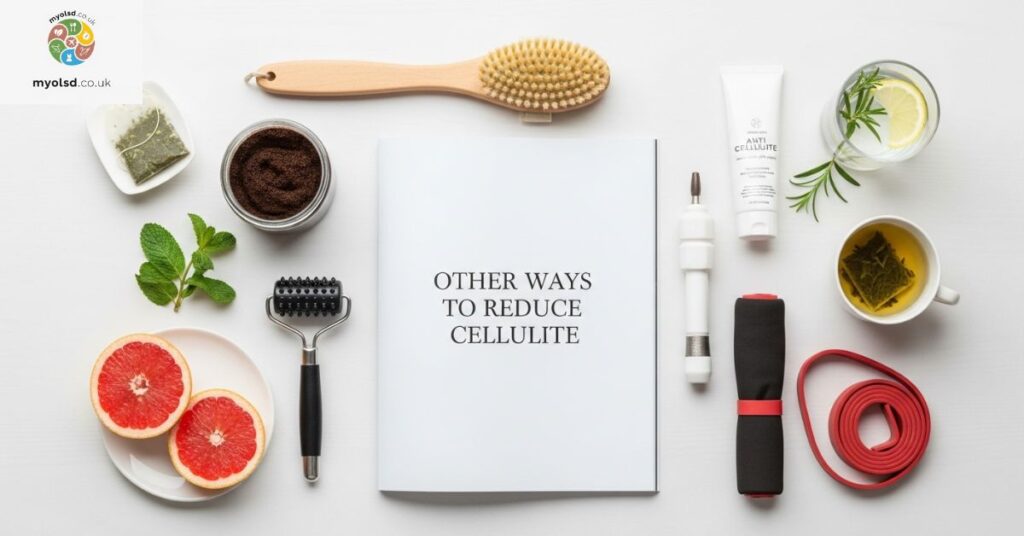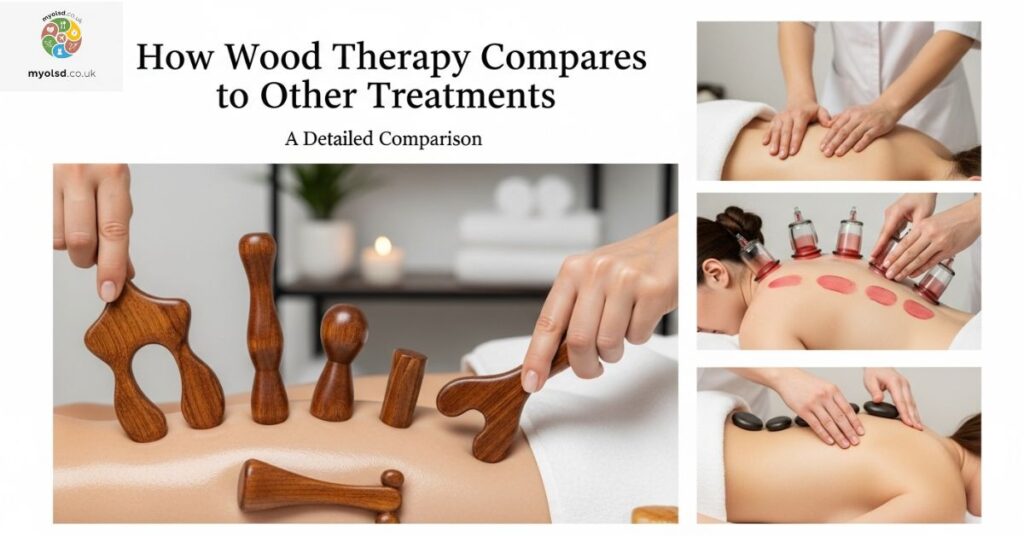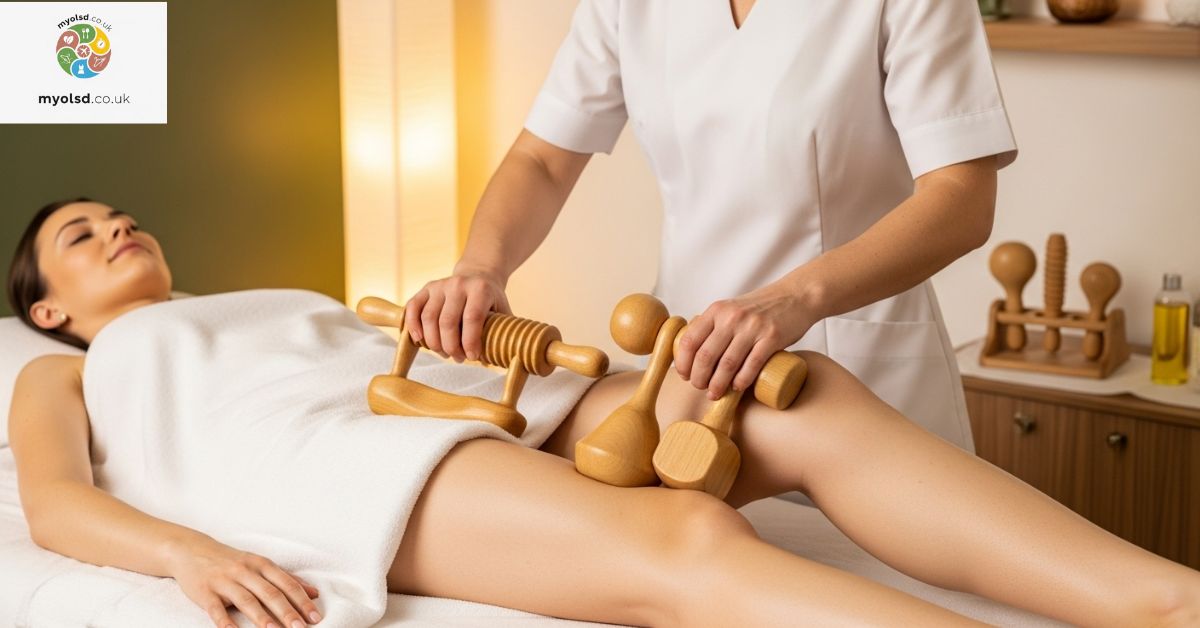Have you ever scrolled through social media and wondered, What is wood therapy and why is everyone talking about it? Maybe you’re tired of pricey treatments that don’t seem to work, or you’re just curious about this wooden-tool massage that’s all over TikTok. It can feel overwhelming trying to figure out what actually helps with cellulite, body sculpting, or relaxation. You’re not alone; so many people are looking for natural ways to feel confident and comfortable in their own skin.
In this blog, we’ll break down exactly what wood therapy is, how it works, and why it’s becoming such a popular treatment worldwide. You’ll discover its benefits, what to expect in a session, and tips on whether it’s the right choice for your body goals. By the end, you’ll have a clear, no-fluff understanding of wood therapy so you can decide if this trending technique is worth trying for yourself.
Potential Benefit

Wood therapy offers several advantages beyond just appearance. One major benefit is cellulite reduction. Using wooden tools, rollers, suction cups, or sculpted shapes, therapy helps break down fat cells and fibrous bands under the skin that cause the dimpled flesh look. This effect, combined with enhanced circulation, often makes cellulite less visible, especially on thighs and abdomen.
Another key benefit is lymphatic drainage. By gently manipulating the skin and tissues, wood therapy supports fluid movement and helps flush out toxins. Improved circulation is another plus, bringing oxygen and nutrients to the skin while reducing puffiness and improving skin tone. Together, these effects can support wellness, stress relief, and smoother skin texture over time.
Is It Effective?
Many people ask whether the results are long-lasting. Some preliminary evidence and plenty of testimonials suggest wood therapy can visibly smooth skin and reduce cellulite, at least temporarily. Because wood therapy is a massage technique, it often increases blood flow, which helps with toxin elimination and skin health. Still, scientific studies remain limited, and much depends on consistency and individual biology.
Another factor is session frequency. To see meaningful results, 5 to 10 sessions over several weeks are often recommended. Also, maintenance sessions help extend any improvements. If you expect instant dramatic changes, you might be disappointed, but if you commit and pair treatment with healthy lifestyle habits, the results are often better.
What to Expect
A typical wood therapy session involves specially designed wooden instruments rollers, contoured tools, wooden cups, rollers with textured or cubed disks, or even vacuum-suction cups. The therapist will apply these tools to targeted areas like thighs, glutes, abdomen, or arms. Sessions usually last between 60 to 90 minutes, depending on how many areas you’re treating and how deep or energetic the massage is.
You’ll feel pressure and movement, sometimes a sense of discomfort, but generally a relaxing experience. There might be temporary redness or warmth afterward due to increased blood flow. A good therapist will tailor pressure to your comfort and tell you what to expect between sessions. Most people notice smoother skin, less puffiness, and reduced appearance of orange peel skin after several visits.
Read More Article:What Temperature Does Silicone Melt?
Other Ways to Reduce Cellulite

Wood therapy is one tool among many. There are medical and non-medical treatments that have more research behind them. For example:
- Acoustic wave therapy: pressure waves disrupt fibrous bands under the skin.
- Subcision: a needle breaks up under-skin fibrous tissue bands (Cellfina is one such FDA-approved treatment).
- Laser treatments target fat and connective tissue with energy to smooth the skin.
- Vacuum-assisted or tissue-release devices can physically cut or release fibrous bands.
Also, lifestyle factors matter: good hydration, regular strength training, maintaining a healthy weight, a clean diet with antioxidants, and dry brushing or manual massage. Combining wood therapy with these often enhances results.
What Risks or Downsides Exist?
While wood therapy is mostly safe, there are some things to know. Aggressive tools or too much pressure could cause soreness or bruising, especially if your skin is sensitive or you’re new to massage. Certain conditions, like inflammation, infection, skin lesions, or varicose veins, might make therapy unsafe. Always disclose your health history to your therapist.
Also, because results vary, you may experience only minor improvements or temporary smoothing unless you repeat sessions and maintain lifestyle habits. It’s not a guaranteed cure for cellulite. Pricing and access vary greatly by location, and good practitioners often charge more for quality.
How Wood Therapy Compares to Other Treatments

Here’s a quick comparison table:
| Treatment | Invasiveness | Downtime | Cost (typical) | Duration of Results |
| Wood Therapy | Low (non-invasive) | None to minimal | Moderate (varies by spa) | Depends on frequency & maintenance |
| Laser / Cellfina / Subcision | Higher, may involve needles or cuts | Some downtime possible | Higher cost | Longer-lasting if done properly |
| Acoustic Wave | Non- or minimally invasive | Mild discomfort | Mid to high | Moderate to good |
| Topical Creams / Lotions | Non-invasive | None | Low | Often temporary, surface-level effects |
Wood therapy often fits somewhere in the mid-range: more effective than creams, less invasive and costly than surgical or laser treatments.
Bottom Line
What is wood therapy? It’s a holistic massage technique using wooden tools to sculpt, smooth cellulite, improve circulation, and add relaxation without surgery or harsh chemicals. Results aren’t magic, but they’re real if you commit, choose a skilled practitioner, and support the treatment with lifestyle changes.
If you’ve been curious about trying something natural, safe, and noninvasive that goes beyond creams and promises, wood therapy might be the right fit. It could be a great way to feel more confident, smoother, and more relaxed, especially if you approach it as part of your ongoing wellness and self-care routine.
FAQS
What is the meaning of wood therapy?
Wood therapy is a massage technique using wooden tools to sculpt the body, improve circulation, and reduce cellulite.
Who should not do wood therapy?
People with skin infections, open wounds, severe varicose veins, or certain medical conditions should avoid wood therapy.
What happens after wood therapy?
After wood therapy, you may feel relaxed, less bloated, and notice smoother, firmer-looking skin.
What is another name for wood therapy?
Another name for wood therapy is maderotherapy.

